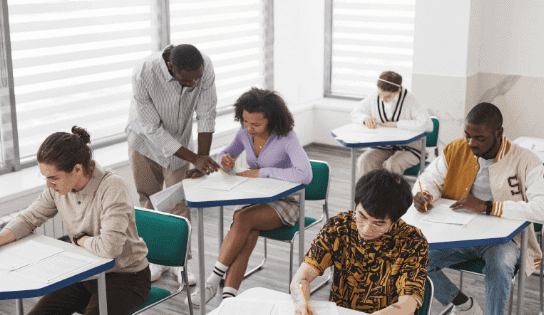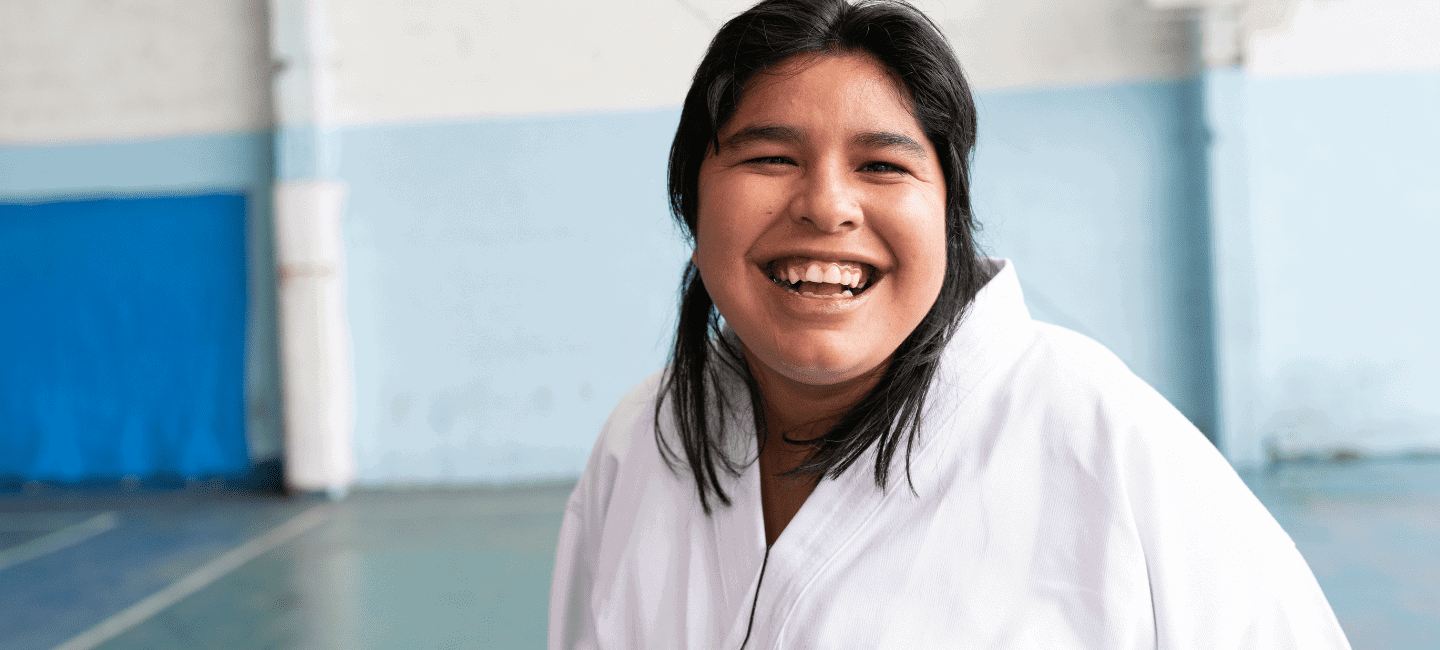
Clear Roles for Transition Coordinators Benefit All Stakeholders
As we continue to navigate online learning as a response not only to education evolving but the worldwide pandemic as well, it is imperative that we scrutinize the different platforms we use to ensure that all our students are engaged, supported, and learning appropriate content.
29 May 2022

